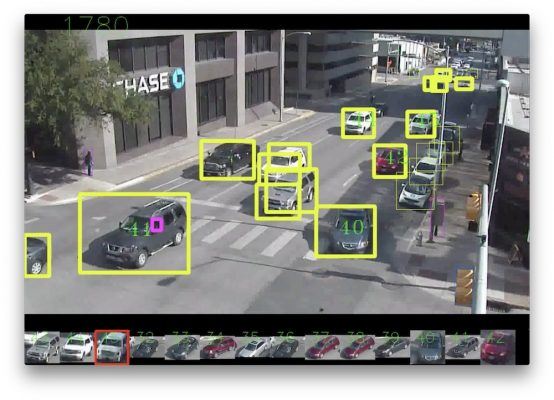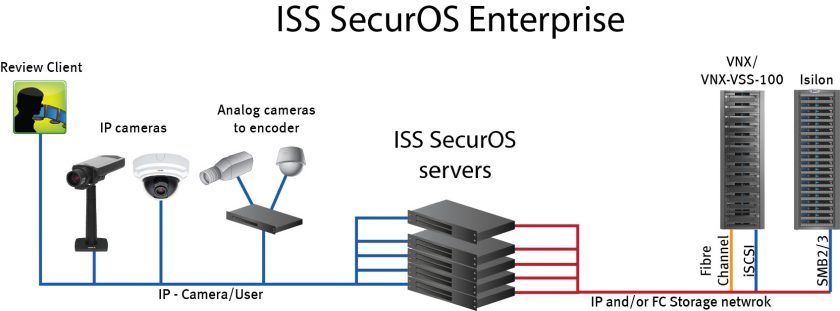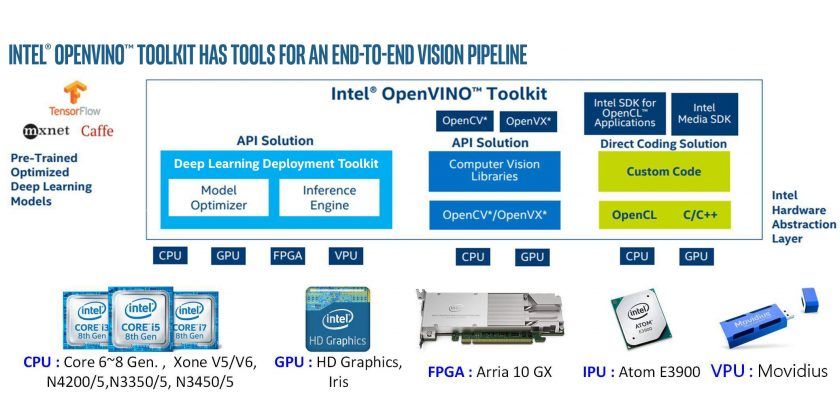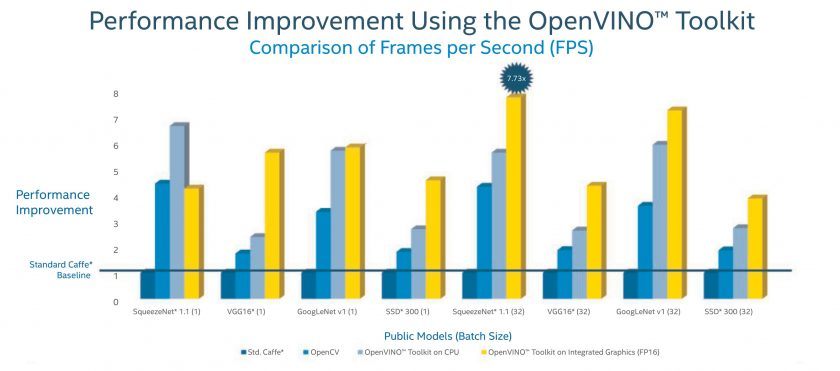Deeper Learning Makes Smart City Safety Even Smarter

Editor’s Note: insight.tech stands in support of ending acts of racism, inequity, and social injustice. We do not tolerate our sponsors’ products being used to violate human rights, including but not limited to the abuse of visualization technologies by governments. Products, technologies, and solutions are featured on insight.tech under the presumption of responsible and ethical use of artificial intelligence and computer vision tools, technologies, and methods.
For smart city edge applications such as security, critical infrastructure monitoring, and traffic/transportation management, deep learning-based video systems deliver additional levels of critical detail compared to traditional computer vision.
In traffic management, for example, basic forms of computer vision may recognize the presence of vehicles, whereas a deep learning system can be trained to identify the number and types of vehicles, and even specific license plates (Figure 1). With this granular information, transit officials could reroute commercial vehicles during periods of high traffic congestion or track suspicious trucks hauling hazardous materials.

In a deep learning-based vision system, most of the intelligence required for such applications can be located on or near the camera. Key parameters can be automatically identified and flagged by the AI software, which can trigger real-time alerts or responses.
But for these capabilities to be effective in a real-world smart-city setting, video surveillance systems must blend cutting-edge deep learning with industrial-grade durability. In practice, this means that neural network-based vision technology must integrate with legacy infrastructure that has been deployed for years or decades. This includes video cameras at the edge, which are often based on a diverse range of technologies.
But at the same time, newer intelligent video technology must be able to scale in both performance and capacity to maximize a city’s return on investment.
Transforming Smart Cities with Deep Learning
Intelligent Security Systems (ISS) is a developer of turnkey video analytics, management, and network video recorder (NVR) solutions. Realizing the advantages of deep learning technology, the company developed the SecurOS video management system (VMS).
SecureOS is a cloud- or on-premises-based video analytics solution that supports AI algorithms for a range of smart city safety applications (Figure 2). The platform integrates with many legacy digital security and surveillance solutions, allowing city operators to scale capacity and performance as needs grow.

ISS supports a number of applications, including traffic management, pedestrian safety, and critical asset tracking for rail and mass transit systems. The SecurOS intelligent video analytics solution can be deployed for real-time or historical purposes. And it combines seamlessly with other platforms like intelligent transportation to maximize the benefits of deep learning.
But moving deep learning analytics to the edge is challenging. ISS had to ensure that neural network algorithms were also optimized to run on video camera endpoints. To do so, it leveraged the Intel® Distribution of the OpenVINO™ Toolkit to optimize deep learning performance across a range of camera architectures.
Taking Deep Learning to the Edge
The Toolkit is a suite of tools that accelerates development of convolutional neural networks (CNNs) and optimizes them for deployment across heterogeneous compute architectures (Figure 3). Engineers can therefore deploy deep learning algorithms across camera systems based on CPUs, integrated GPUs, FPGAs, or vision processing units (VPUs).

The OpenVINO Toolkit is compatible with Intel® Vision Products dating back to 6th generation Intel® Core™ processors and the Intel Atom® E3900 series processors. As a result, deep learning-based vision performance can be deployed on a range of new and legacy cameras.
For ISS, the OpenVINO Toolkit supports frameworks such as Caffe and TensorFlow that were already being used in the SecurOS portfolio. The company was therefore able to scale its existing deep learning technologies from server/cloud environments to camera endpoints without having to revamp deployed hardware infrastructure.
In addition to optimizing deep learning algorithms for diverse processor targets, the OpenVINO Toolkit supplies a number of pre-trained models and templated algorithms that helped ISS accelerate its offerings for specific use cases. These inferencing technologies include:
- Vehicle Tracker, Counter, and Classifier—integrated into the SecurOS Traffic Monitoring—helps gather historical traffic statistics.
- Pedestrian Tracker—integrated into the SecurOS Crossroad—assists with real-time detection of complex traffic violations.
- License Plate Capturer— integrated into SecurOS Auto—enables a variety of parking management, traffic monitoring, law enforcement, and municipal services.
Thanks to enhancements delivered by the OpenVINO Toolkit, these applications also benefit from a significant performance boost compared to deep learning algorithms straight from a native development environment such as Caffe or OpenCV (Figure 4). SecurOS Auto, for example, can now capture license plate characters accurately on vehicles moving as fast as 155 miles per hour.

Video Gets Smarter, Faster, and More Flexible
Smart cities have deployed video technology for decades in an effort to improve safety, increase efficiency, and reduce costs.
Deep learning technology promises to amplify those benefits in more applications than ever before but requires some special considerations. Among these are cost, interoperability, and time to market.
Thanks to OpenVINO, vendors like ISS are able to accelerate development and deployment of deep learning-based video analytics without having to redefine their infrastructure.
By optimizing neural network algorithms for a comprehensive range of vision processing hardware, the OpenVINO Toolkit is bringing deep learning to market quickly and cost-effectively today, while also providing an edge-to-cloud migration path for the vision intelligence technologies of the future.